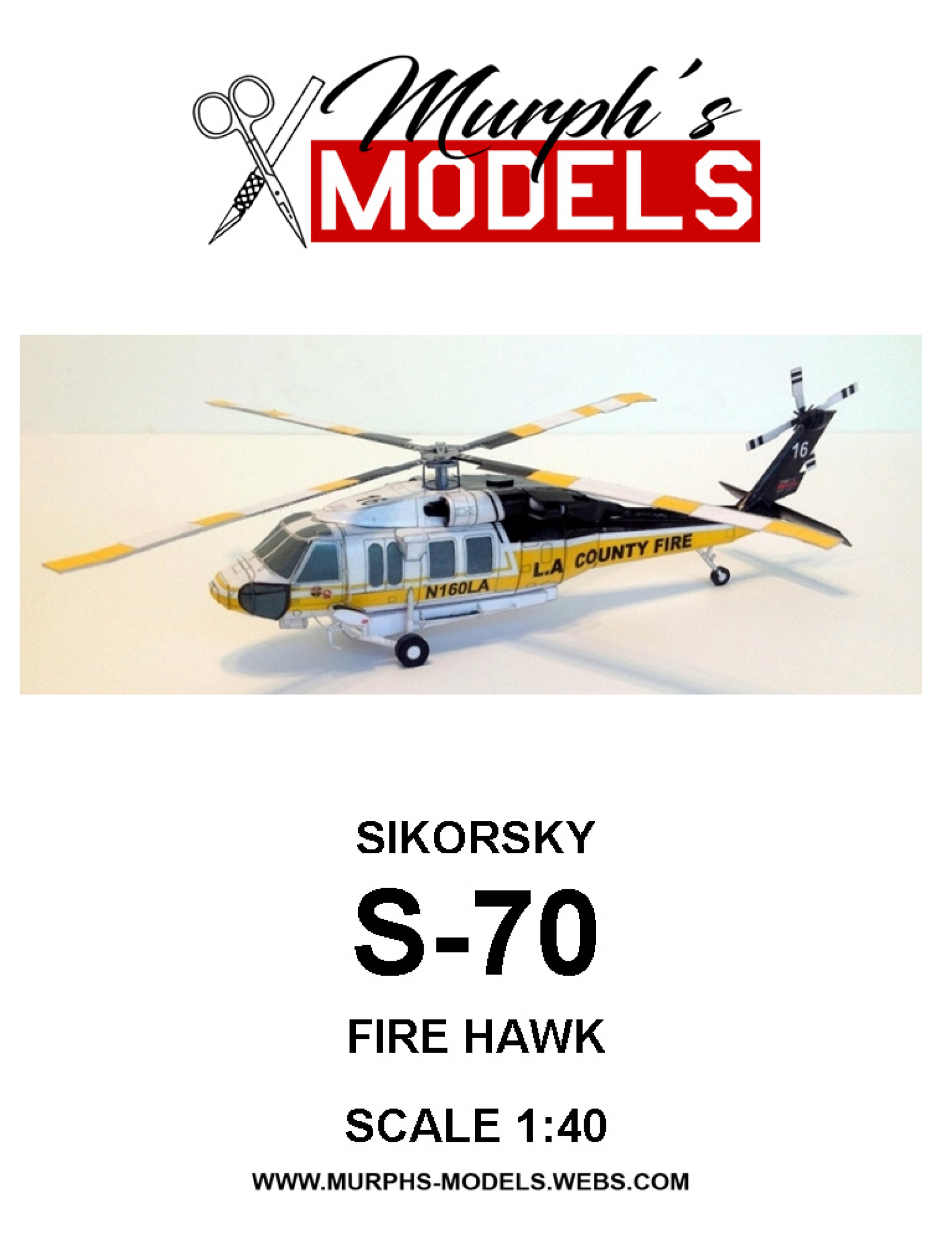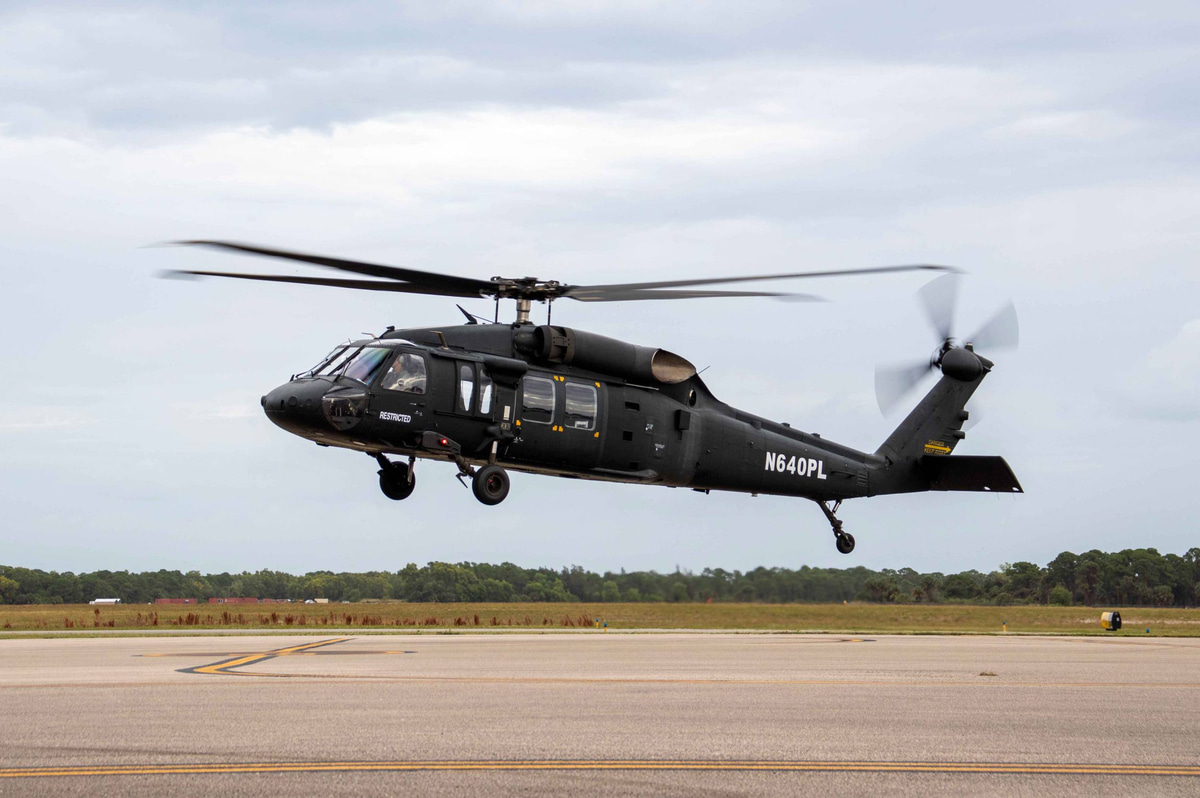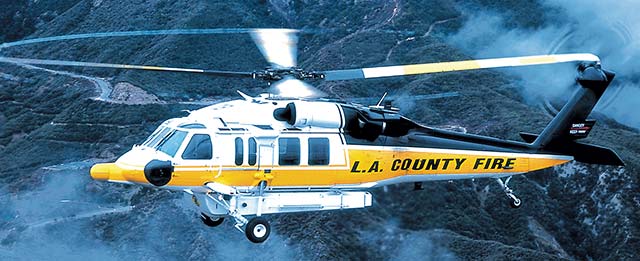High-Performance Multi-Role Rotorcraft Featuring Advanced Cabin Technologies and Integrated Sensing Unit Systems
The world of rotorcraft modern technology has actually seen significant advancements in recent times, specifically in the realm of high-performance multi-role rotorcraft geared up with cutting-edge cockpit technologies and perfectly integrated sensor systems. These innovations have not only enhanced the functional abilities of rotorcraft but have additionally dramatically affected modern-day aeronautics procedures on various fronts. From enhanced objective convenience to enhanced operational efficiency, the merging of innovative cabin modern technologies and incorporated sensing unit systems has introduced a brand-new age of opportunities for rotorcraft applications. In the complying with discussion, we will certainly explore the development of rotorcraft innovation, look into the world of sophisticated cockpit advancements, and analyze the ramifications of integrated sensing unit systems on the operational convenience and efficiency of modern-day rotorcraft.
Evolution of Rotorcraft Technology
The evolution of rotorcraft technology has been noted by significant improvements in the rules of aerodynamics, products, and propulsion systems, shaping the abilities and efficiency of modern rotorcraft. In addition, innovations in propulsion systems, including more effective engines and cutting-edge propulsion innovations, have actually enabled rotorcraft to accomplish greater altitudes, faster rates, and better hauls.
These innovations have not only changed the capacities of rotorcraft however have additionally broadened their applications across various markets, including military, business, and emergency situation services. The constant evolution of rotorcraft modern technology remains to drive innovation in the area, pressing the borders of what is possible and shaping the future of vertical trip.
Advanced Cockpit Innovations
Structure upon the fundamental developments in the rules of aerodynamics, products, and propulsion systems, the world of rotorcraft technology currently moves focus in the direction of introducing Advanced Cockpit Innovations. The combination of cutting-edge technologies within the cockpit setting plays an important duty in improving the functional capacities, security, and performance of modern-day rotorcraft. sikorsky s 70. Advanced Cockpit Innovations include a large range of features designed to provide pilots with enhanced situational understanding, structured information management, and user-friendly control interfaces
Among the vital improvements in cabin design is the implementation of glass cabins, which change standard analog evaluates with high-resolution display screens. These digital systems supply customizable designs, real-time information assimilation, and enhanced readability, enabling pilots to gain access to essential details at a glimpse. Advanced avionics systems, such as fly-by-wire controls and augmented fact display screens, are transforming just how pilots engage with the aircraft, allowing for exact control and improved decision-making capabilities.


Incorporating advanced cockpit technologies not just boosts pilot performance however additionally adds to overall objective efficiency and safety in complicated functional atmospheres. By leveraging modern innovations within the cabin, rotorcraft producers are setting brand-new standards for functional quality and mission success.
Integrated Sensing Unit Systems
With the evolution of rotorcraft technology, the combination of sophisticated Integrated Sensor Systems has actually become vital in enhancing operational effectiveness and safety. These Integrated Sensor Solutions encompass a broad range of technologies that supply important data for various features such as navigating, monitoring, targeting, and environmental tracking. By flawlessly integrating sensing units like radars, cameras, lidar, and infrared systems into rotorcraft, drivers can take advantage of boosted situational awareness, improved goal capacities, and reduced pilot work.
One trick benefit of Integrated Sensor Equipments is their capacity to collect real-time information and supply actionable insights to pilots and mission operators. Advanced radar systems can discover and track targets over long distances, enabling for very early hazard discovery and efficient reaction planning. Additionally, integrating infrared and electro-optical video cameras enables rotorcraft to perform reconnaissance and surveillance objectives with precision and precision.
Fundamentally, the integration of advanced sensing unit modern technologies right into rotorcraft not just improves operational performance yet likewise contributes dramatically to overall objective success and staff safety and security. As rotorcraft remain to progress, the duty of Integrated Sensing unit Equipment will definitely remain at the center of development in the aerospace market.
Functional Convenience and Efficiency
Enhancing functional flexibility and performance in rotorcraft is a natural development from the integration of sophisticated Integrated Sensor Equipments. By leveraging the information and understandings provided by these advanced sensor systems, rotorcraft can optimize their efficiency throughout different missions and atmospheres.
Functional flexibility incorporates the capacity of rotorcraft to adjust to different duties and situations successfully. With innovative cockpit technologies and integrated sensing unit systems, rotorcraft can perfectly transition in between tasks such as search and rescue, medical emptying, monitoring, and extra. This convenience enhances the rotorcraft's ability to meet varied functional requirements without calling for considerable reconfiguration.
Effectiveness in rotorcraft procedures is critical for maximizing mission effectiveness and source application. Integrated sensor systems play a pivotal role in boosting functional efficiency by giving real-time information on climate problems, terrain mapping, target monitoring, and a lot more. This data allows pilots to make enlightened decisions promptly, enhance trip courses, conserve gas, and improve total objective performance.
Influence On Modern Aviation Operations

Moreover, the integration of advanced sensing units helps with boosted objective preparation and execution, making it possible for rotorcraft to execute a variety of tasks with enhanced accuracy. From search and rescue operations to airborne firefighting and law enforcement goals, the capacities of modern rotorcraft geared up with sophisticated cockpit modern technologies and incorporated More Help sensor systems are exceptional.
Furthermore, the impact of these improvements prolongs past functional effectiveness to cost-effectiveness and Discover More sustainability. By enhancing flight paths, fuel usage, and upkeep timetables, high-performance rotorcraft equipped with innovative cockpit innovations and sensors add to lowering functional prices and environmental influence, making them essential assets in modern air travel procedures.
Verdict
To conclude, the high-performance multi-role rotorcraft with advanced cabin innovations and integrated sensing unit systems represents a significant development in air travel technology. These technologies boost operational flexibility and effectiveness, ultimately influencing modern-day aviation procedures in a positive means. The assimilation of these innovative modern technologies enables improved capacities and efficiency in various objective situations, showcasing the continued innovation of rotorcraft technology in the aviation market.
The realm of rotorcraft technology has seen significant innovations in current times, especially in the world of high-performance multi-role rotorcraft geared up with cutting-edge cockpit technologies and effortlessly incorporated sensing unit systems. From boosted goal convenience to improved functional performance, the merging of sophisticated cockpit innovations and incorporated sensor systems has ushered in a new age of opportunities for rotorcraft applications. In the adhering to conversation, we will explore the evolution of rotorcraft innovation, dig into the realm of advanced cockpit technologies, and check out the implications of incorporated sensing unit systems on the functional convenience and effectiveness of contemporary rotorcraft.
